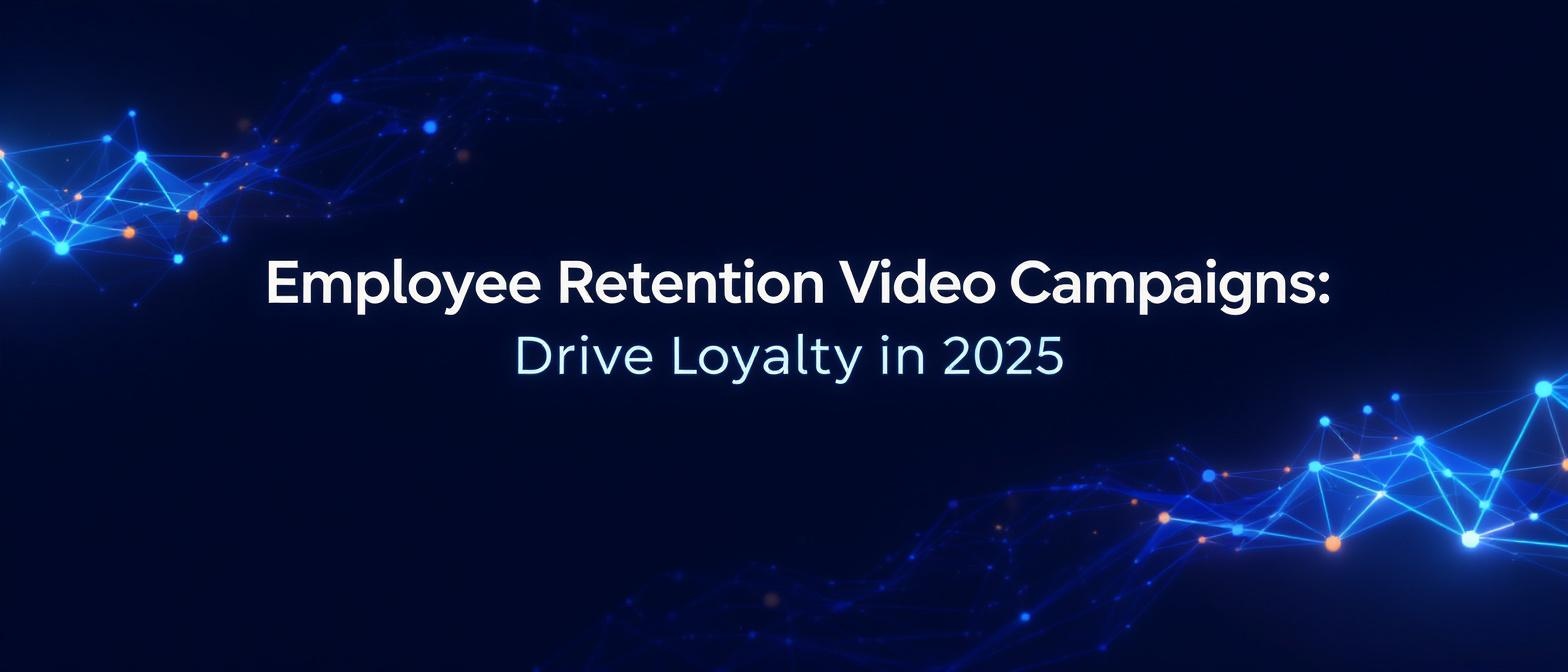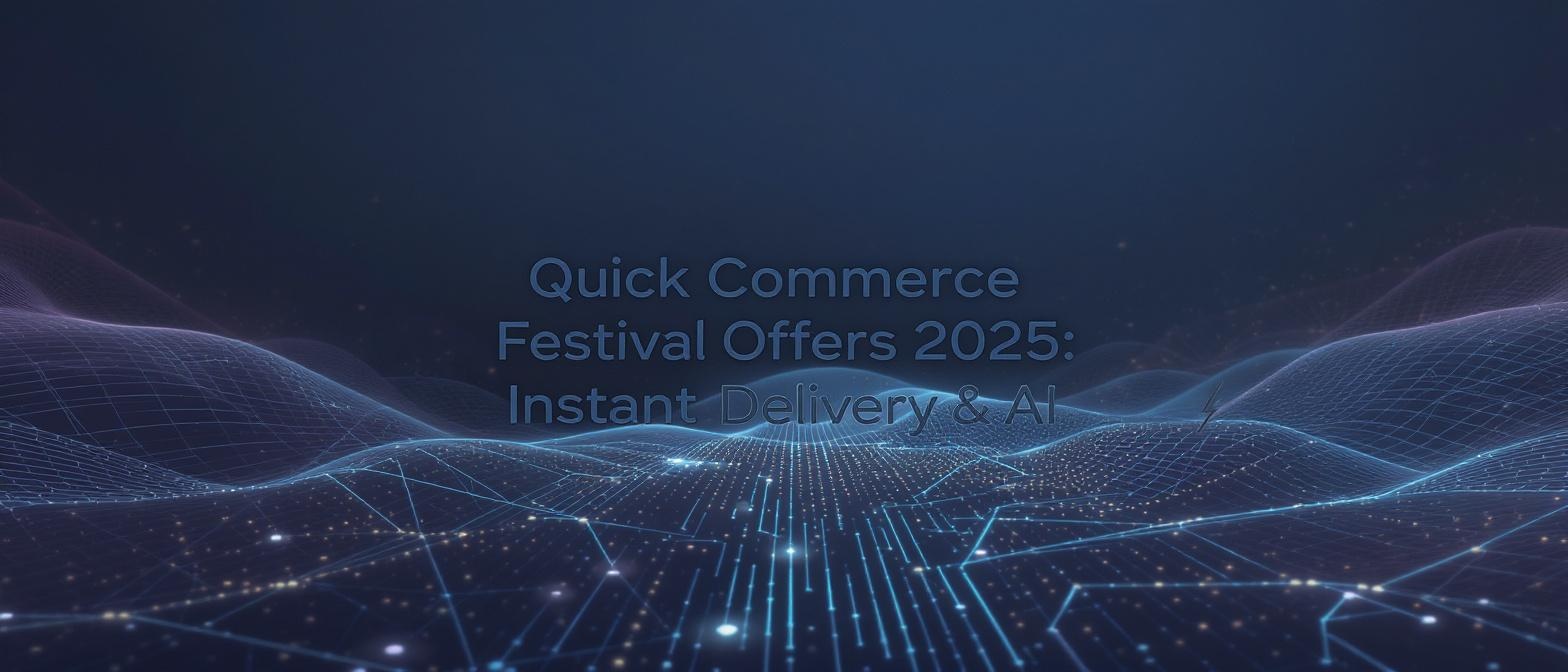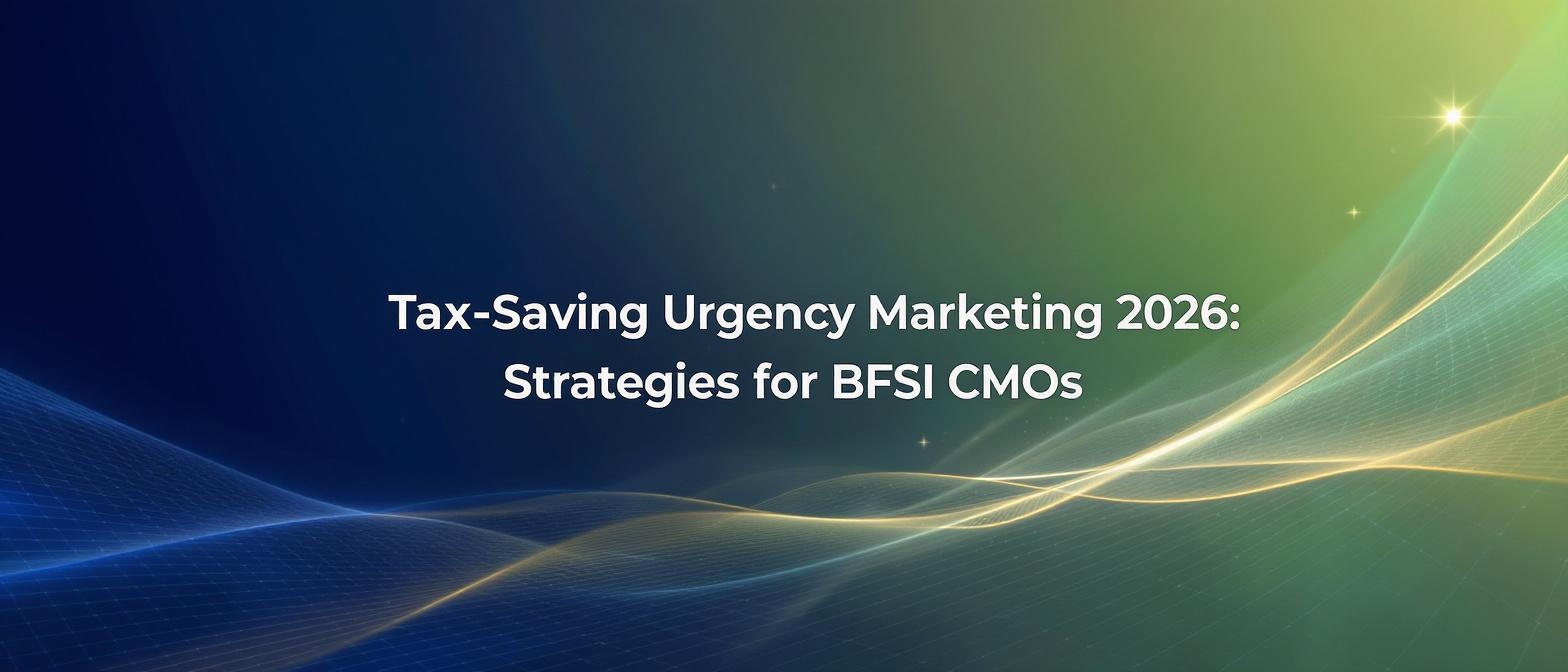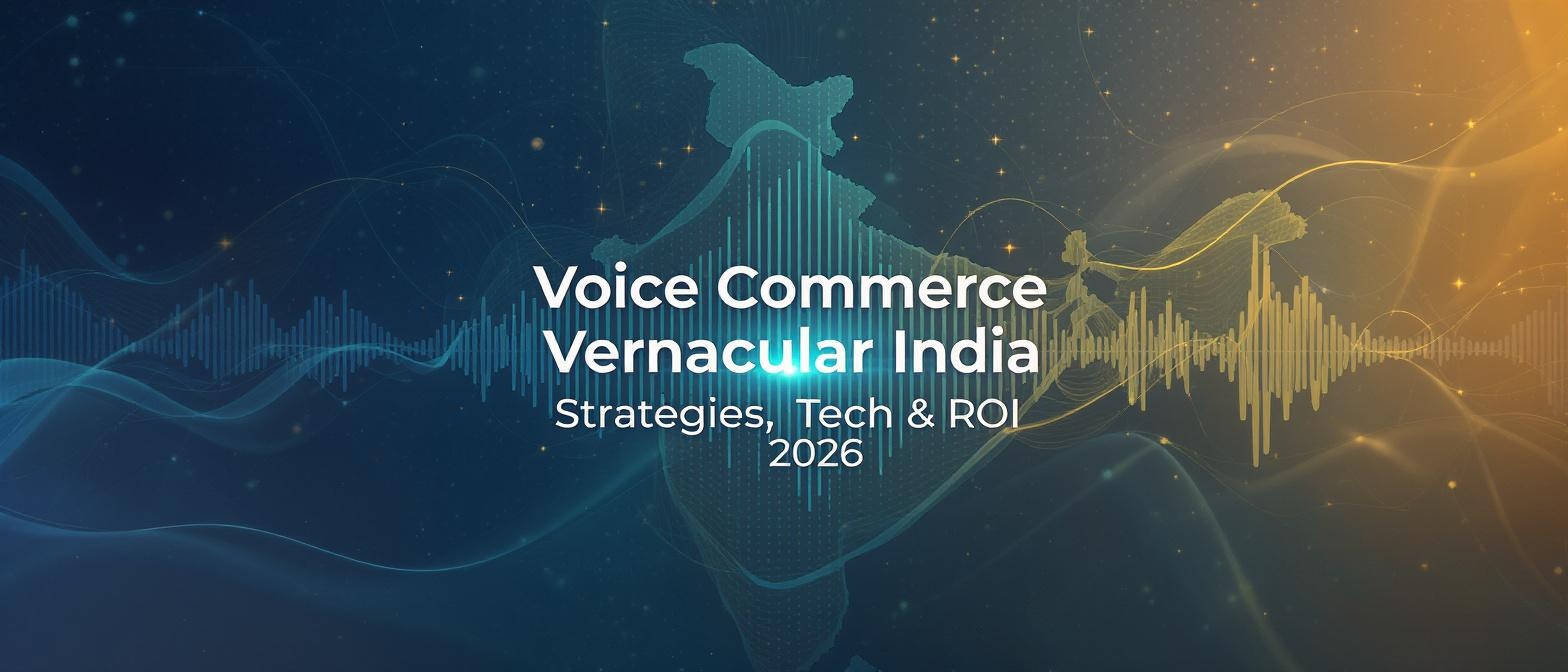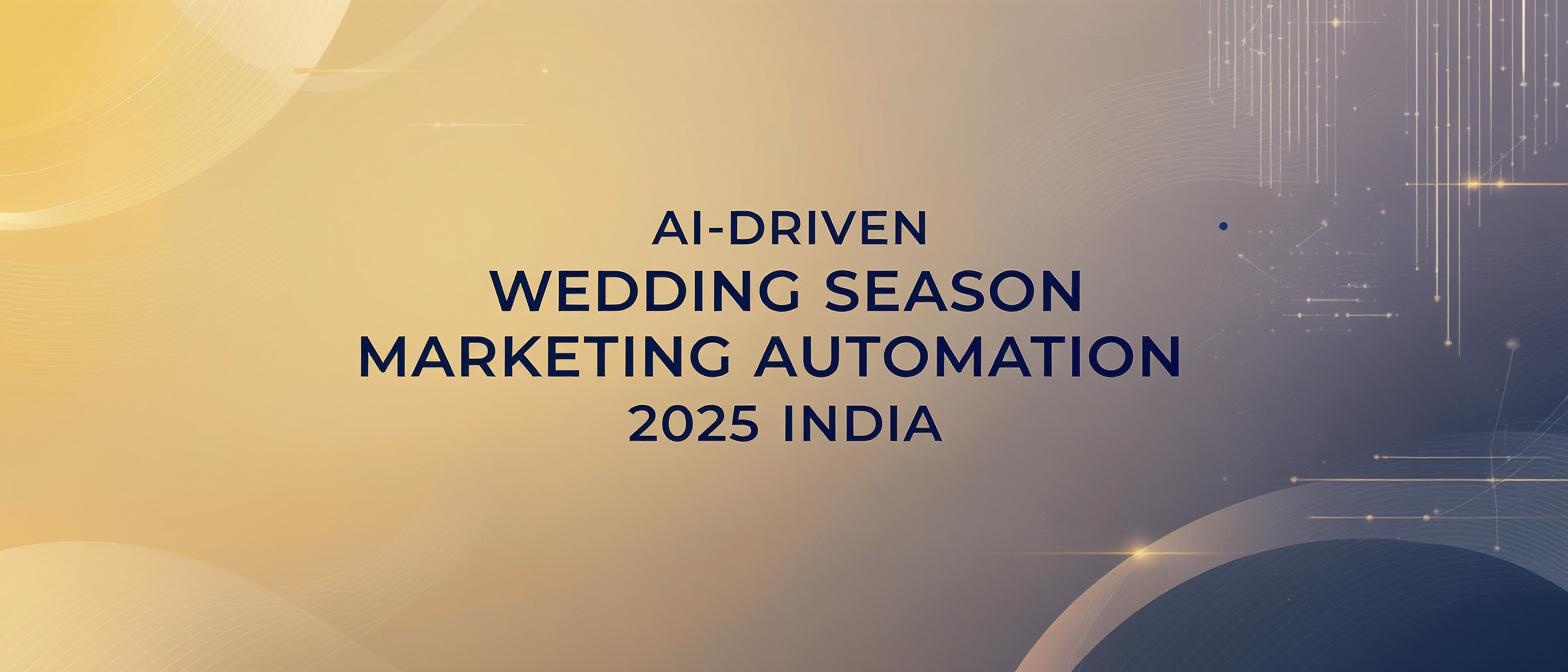Employee Retention Video Campaigns: The Future of Scalable HR Engagement in 2025
Estimated reading time: ~10 minutes
Key Takeaways
- Scalable video-driven solutions are reshaping HR engagement in 2025.
- Personalized internal communication boosts employee loyalty and reduces attrition.
- AI-powered platforms enable hyper-personalized messages at scale.
- Data-driven analytics ensure continuous optimization of video campaigns.
- Starting with a focused pilot program helps showcase ROI and drive adoption.
In the competitive landscape of 2025, the battle for talent is fiercer than ever. Rising attrition has become a primary concern for HR leaders across India, demanding a shift from traditional, one-size-fits-all communication to strategies that are innovative, scalable, and deeply personal. The cost of replacing an employee is substantial, making retention not just an HR metric, but a critical business imperative. This is where employee retention video campaigns are emerging as a transformative solution.
So, what exactly are these campaigns? They are a series of data-driven, video-centric touchpoints, meticulously tailored to individual employees at critical moments in their lifecycle. Think of personalized videos for onboarding, work anniversaries, performance milestones, or even policy updates, all designed to make an employee feel seen, valued, and connected to the organization’s mission.
With video projected to account for a staggering 82% of all internet traffic in 2025, its power as a communication medium is undeniable. Harnessing this power through strategic workplace retention strategies videos is no longer a futuristic concept—it’s the new standard for meaningful employee engagement at scale.
Sources:
- https://www.teamout.com/blog-post/employee-retention-statistics
- https://filmdivision.video/video-marketing-statistics-2025/
Understanding Personalized Internal Communication Videos
At its core, a personalized video campaign for employee retention moves beyond generic communication. It creates tailored, often interactive, video messages that address employees by their name, role, and specific context. Instead of a mass email, an employee receives a video that says, “Hi Priya, congratulations on your second incredible year with us in the Bangalore office! We’re so grateful for your contributions to the tech team.”
The return on investment (ROI) for this approach is rooted in human psychology. A personalized message dramatically boosts an employee’s perceived value and fosters a deeper sense of loyalty compared to a generic email or text. It signals that the company is paying attention and genuinely appreciates their individual contribution, transforming a corporate message into a personal moment of recognition.
This level of personalization was once logistically impossible at scale. However, groundbreaking AI-driven platforms have changed the game. For instance, a company can now conduct a single 15-minute video shoot with a celebrity or its CEO. From that one session, AI reanimation and advanced voice cloning technology can generate a virtually infinite number of unique videos, localized into over 175 languages, each perfectly tailored to the recipient.
The Role of HR Video Personalization Platform
The data supporting video personalization in HR is compelling. According to recent studies, personalized videos can increase employee engagement by up to 75%. Furthermore, viewers retain an astonishing 95% of a message when they watch it in a video, compared to only 10% when they read it in text. This makes video an exceptionally effective tool for critical HR communications.
Let’s look at some practical use cases:
- Onboarding Welcomes: A new hire receives a video from the CEO, welcoming them by name and mentioning their specific department. This creates an immediate personal connection and sets a positive tone from day one.
- Performance Praise: After a successful project, a team lead can send a personalized video acknowledging an employee’s specific achievement, reinforcing positive behavior and boosting morale.
- Policy Updates: Complex policy changes can be explained through short, engaging videos that address team-specific implications, ensuring clarity and better comprehension than a dense document.
The Indian context adds another layer of relevance. A 2025 report by Quixy found that nearly 70% of employees in India struggle with the fatigue and pressure of live video calls. Asynchronous, personalized videos offer a more accessible and less stressful alternative, allowing employees to consume important information at their own pace. This makes employee engagement video automation not just a tool for engagement, but also for employee well-being.
Sources:
- https://www.insivia.com/video-marketing-statistics-you-must-know-in-2025/
- https://quixy.com/blog/employee-engagement-statistics
Platforms and Technologies for HR Communication Automation
The engine behind this revolution is a new generation of sophisticated AI platforms. These technologies are designed to handle the complexity of hyper-personalization at an enterprise scale, integrating seamlessly with existing HR infrastructure. TrueFan AI enables organizations to deploy these campaigns without needing a massive in-house production team.
These leading HR video personalization platforms are built on a foundation of powerful capabilities:
- Virtual Reshoots & AI Editing: A significant breakthrough is the ability to edit video messaging without reshooting. If a campaign message needs to be updated or A/B tested, the AI can alter the speech and lip movements in the existing footage, saving thousands of hours in production time.
- Multilingual Localization: In a diverse country like India, language can be a major communication barrier. TrueFan AI’s 175+ language support and Personalised Celebrity Videos allow companies to deliver messages in an employee’s native tongue with perfect, AI-generated lip-sync, ensuring every message is inclusive and clearly understood.
- Seamless API Integrations: Modern platforms are API-driven, allowing them to connect directly with a company’s CRM, HRIS, or even WhatsApp Business API. This enables real-time triggers, so a video can be automatically generated and sent the moment a milestone is reached in the employee data system.
- High-Speed, Cloud-Agnostic Rendering: The ability to generate a unique, high-quality video in under 30 seconds is critical for real-time applications. Cloud-based GPU rendering farms make this speed and scalability a reality for global enterprises.
These technologies provide HR leaders with the tools to execute sophisticated, data-driven communication strategies that were previously unimaginable.
Automating Employee Engagement with Videos
Video automation is the process of using pre-configured templates and dynamic data inputs to generate personalized videos in batches or on demand. HR teams can set up triggers and rules, and the platform handles the rest, ensuring consistent and timely communication without the heavy manual workload.
Consider these powerful automated workflows:
- Automated Anniversary Shout-Outs: The system connects to the employee database. On an employee’s work anniversary, it automatically generates a video featuring their manager or the CEO, congratulating them by name, mentioning their years of service, and highlighting a key accomplishment from their record.
- Personalized Birthday Greetings: Instead of a generic e-card, an employee receives a fun, celebratory video. This can feature a celebrity brand ambassador or even a voice-cloned message from a senior leader, creating a memorable and delightful experience.
- Instant Thank-You Videos: When an employee completes a feedback survey or goes above and beyond on a task, an automated trigger can send an instant video from their department head, saying, “Hi Sameer, thank you for sharing your valuable feedback on the recent project. We appreciate you taking the time.”
The business impact of employee engagement video automation is threefold. It drastically reduces the manual effort required from HR and management, ensures every employee receives consistent recognition, and speeds up the delivery of time-sensitive messages, making communication feel more immediate and responsive.
Strategies for Building Employee Loyalty via Video
Beyond automated touchpoints, personalized video can be used to build a culture of recognition and loyalty. This involves creating interactive and participatory campaigns that foster a stronger sense of community and belonging.
Here are three effective strategies for building loyalty through employee loyalty building videos:
- Video-Based Feedback Loops: Instead of just sending out surveys, send a personalized video from a team leader asking for input on a specific topic. Crucially, allow employees to respond with their own short video clips. This two-way communication makes employees feel heard and valued, transforming feedback from a chore into a conversation.
- Peer Recognition Campaigns: Empower employees to recognize each other. Set up a system where colleagues can nominate a peer for outstanding work. The platform can then use a template to automatically generate a video that inserts the nominated peer’s name and their specific achievement, creating a powerful culture of appreciation.
- Personalized Leadership Updates: Monthly or quarterly updates from the CEO can feel impersonal. A more effective approach is to record a core message and then use AI to add personalized segments for different teams or locations. A video could start with a general company update and then transition to, “And for our team in Mumbai, I want to give a special shout-out for landing the new XYZ client.”
A powerful real-world example of this is Cipla’s Doctor’s Day campaign. The pharmaceutical giant sent out 6,400 unique videos featuring actress Vidya Balan. Each video personally thanked a doctor by name, strengthening Cipla’s relationship with the medical community and generating significant positive sentiment and high share rates.
Overcoming Internal Communication Challenges with Video
Ineffective internal communication is a major pain point in most organizations. A 2025 study by Sociabble revealed that a staggering 86% of employees cite poor communication as a leading cause of workplace failures. Common challenges include information overload in inboxes, low participation in virtual meetings, and significant language barriers in diverse workforces.
Personalized workplace retention strategies videos directly address these issues:
- Breaking Meeting Fatigue: Asynchronous personalized videos provide a welcome break from the endless cycle of virtual meetings. They deliver key information in a concise and engaging format that employees can consume on their own schedule.
- Cutting Through Inbox Clutter: A video thumbnail in an email or a direct video message on a platform like WhatsApp has a much higher engagement rate than a text-heavy email. The rich media format immediately stands out and captures attention.
- Ensuring Clarity Across Languages: As mentioned, multilingual personalization ensures that language is no longer a barrier to understanding. Critical updates about safety, policy, or benefits can be delivered with perfect clarity to every single employee, regardless of their native language.
By leveraging internal communication personalization, companies can ensure their messages are not just sent, but are actually received, understood, and remembered.
Source:
Analytics and Measuring Workforce Engagement Videos Success
To truly optimize employee retention video campaigns, HR leaders must embrace a data-driven approach. The success of these initiatives is not just anecdotal; it can be precisely measured, analyzed, and improved over time. Modern video platforms come with sophisticated analytics dashboards that provide deep insights into campaign performance.
Core metrics to track include:
- Video Open/View Rates: The most basic metric, showing how many employees are engaging with the content.
- Watch-Through Percentage: This reveals how much of the video employees are watching. A high drop-off rate might indicate the video is too long or the introduction isn’t engaging enough.
- Click-Through Rates (CTR): If the video includes a call-to-action (e.g., a link to a new resource or a feedback survey), the CTR measures how effectively it drives action.
- Employee Feedback and Sentiment Analysis: Collecting direct feedback on the videos can provide invaluable qualitative data.
Solutions like TrueFan AI demonstrate ROI through advanced analytics that allow segmentation by personalization elements. For example, HR teams can see if mentioning an employee’s name in the first three seconds yields a higher watch-through rate than mentioning it later. They can analyze which language versions have the highest engagement or which celebrity resonates most with a particular demographic.
A recommended cadence for success is to hold weekly or bi-weekly dashboard reviews. This allows the HR team to A/B test different video lengths, call-to-action placements, and personalized copy variants, continuously refining their strategy to maximize impact and prove the value of employee engagement video automation.
Conclusion and Next Steps for HR Leaders
The evidence is clear: personalized, automated video is no longer a novelty but a proven, powerful lever to reduce employee attrition, boost engagement, and foster lasting loyalty. By meeting employees where they are—on their screens, with content that speaks to them as individuals—organizations can build a more connected, resilient, and motivated workforce. Employee retention video campaigns represent the future of scalable, human-centric HR.
For HR leaders ready to embrace this future, the next step is to initiate a pilot program. Start with a specific, high-impact use case like onboarding or work anniversaries. Partner with an enterprise-grade AI video personalization platform to leverage their expertise and technology.
To measure the initial ROI of your pilot, focus on tracking these key metrics:
- Change in Voluntary Turnover Rate: Monitor the attrition rate within the pilot group compared to the rest of the organization.
- Employee Net Promoter Score (eNPS): Survey the pilot group before and after the campaign to measure changes in employee satisfaction and loyalty.
- Average Video Watch Rate: Use this as a leading indicator of engagement and message resonance.
By starting small, measuring success, and scaling thoughtfully, you can integrate HR communication automation into the core of your retention strategy and build an organization where every employee feels truly valued.
Frequently Asked Questions
1. What is the typical cost of an employee retention video campaign?
The cost can vary based on scale, the level of personalization, and whether a celebrity is used. However, platform-based solutions are highly scalable. The per-video cost at a large volume can be significantly lower than traditional production, and the ROI from reduced attrition and increased productivity often provides a substantial return.
2. How long does it take to launch a personalized video campaign?
With modern AI platforms, the timeline is surprisingly fast. Once the core video template is shot (which can take as little as 15–30 minutes of a speaker’s time), a campaign can be configured and integrated with HR systems within a few weeks. Automated video generation itself happens in near real-time.
3. Can we use our own CEO or senior leaders instead of a celebrity?
Absolutely. The technology works just as effectively with a company’s own leadership. Using the CEO for a company-wide message or a department head for a team-specific video can be incredibly authentic and powerful for building internal culture.
4. How does this kind of platform integrate with our existing HRMS or internal communication tools?
Leading platforms are designed for easy integration. They typically offer robust APIs that can connect with popular HR Management Systems (like Workday or SAP SuccessFactors), CRMs, and communication channels like Slack, Microsoft Teams, and WhatsApp Business. This allows for automated data flow and video triggering.
5. How can platforms like TrueFan AI ensure data privacy and security for employee information?
Data security is paramount. Reputable platforms are built with enterprise-grade security protocols, often holding certifications like ISO 27001 and SOC 2. They use secure data transfer methods, ensure employee data is used only for its intended purpose, and adhere to strict privacy policies and consent models to protect sensitive information.

